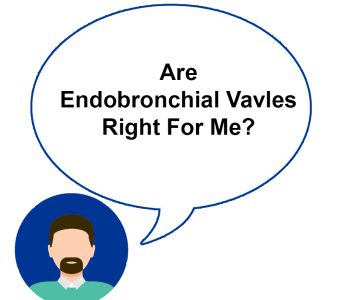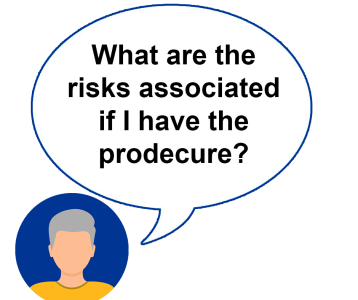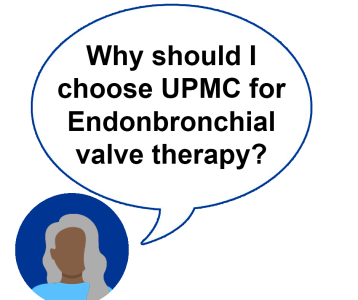Bronchoscopic lung volume reduction, also known as endobronchial valve therapy is a minimally invasive procedure used to improve symptoms in patients with chronic obstructive pulmonary disease (COPD) associated with advanced emphysema. The procedure was approved by the FDA in 2018 and is currently supported by most health insurances.
Endobronchial valve therapy involves placing small one-way valves in the in the air passages of the most destroyed lobe of the lung to result in collapse or deflation of that region and to redirect air to the healthier lobes resulting in improved diaghram function, improved lung function and reduced effort to breathe.
The valves are inserted into the airways using a bronchoscope, a flexible tube with a camera on the end while under general anesthesia.
To Learn More About Endobronchial Valve Therapy,
Click the Play Button on the Video.

Valve therapy is considered in certain patients with emphysema, who’s symptoms remain following other treatments, such as inhalers and pulmonary rehabilitation. Patients are evaluated based on lung function test and CT chest.

This is minimally invasive and safe procedure, but some patients might have complications such as:
This is a reversible procedure, and if a complication develops not responding to treatment, the valves can be removed.
